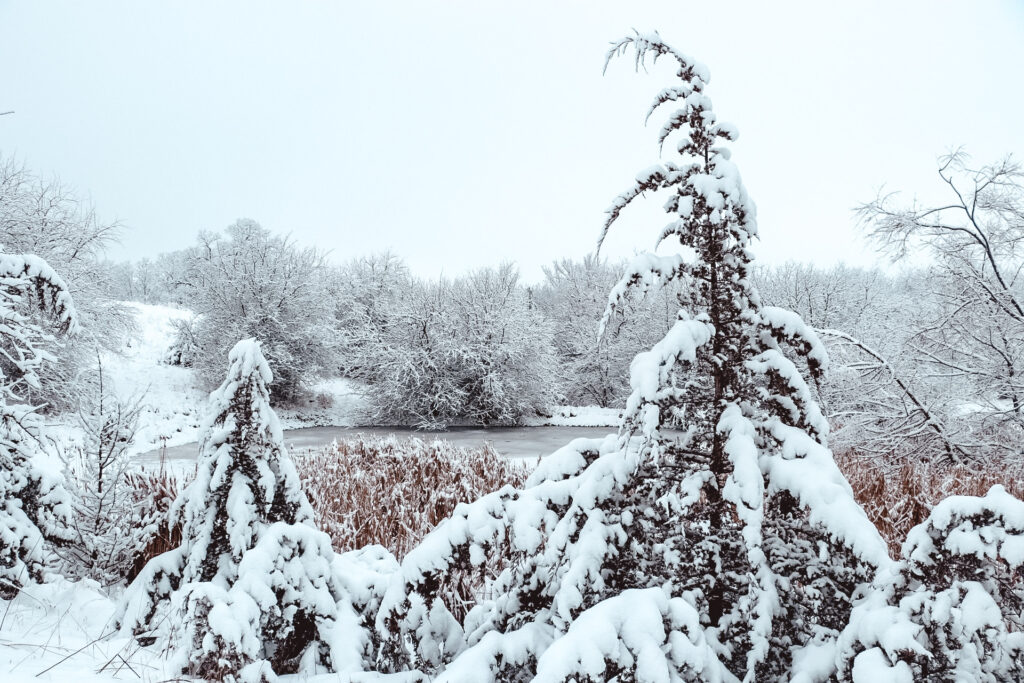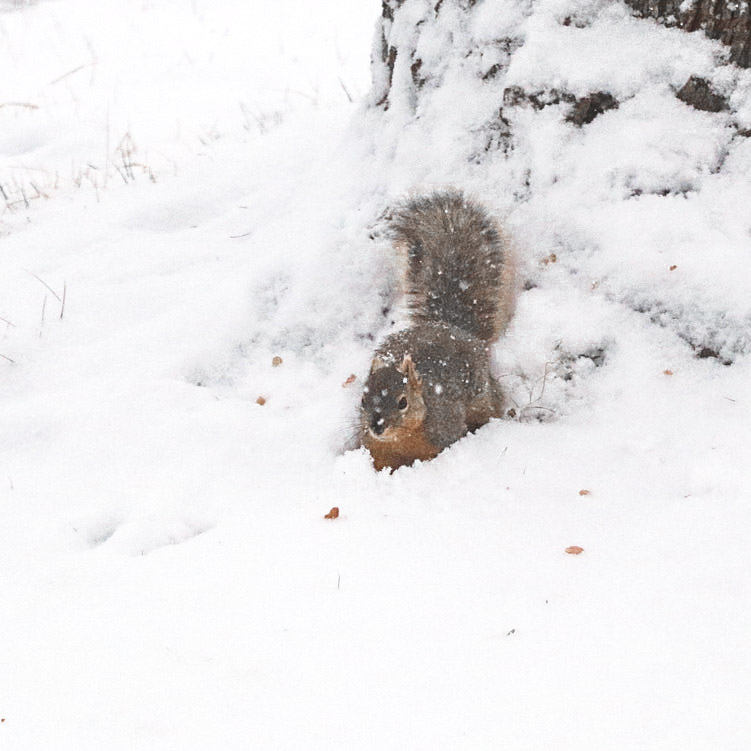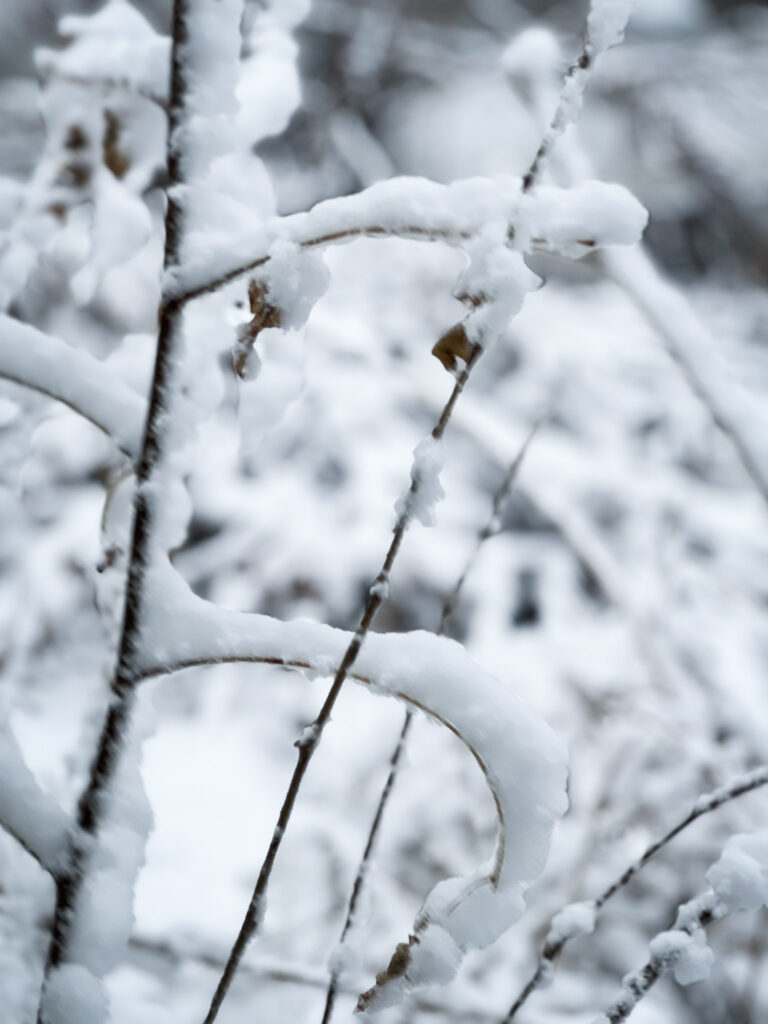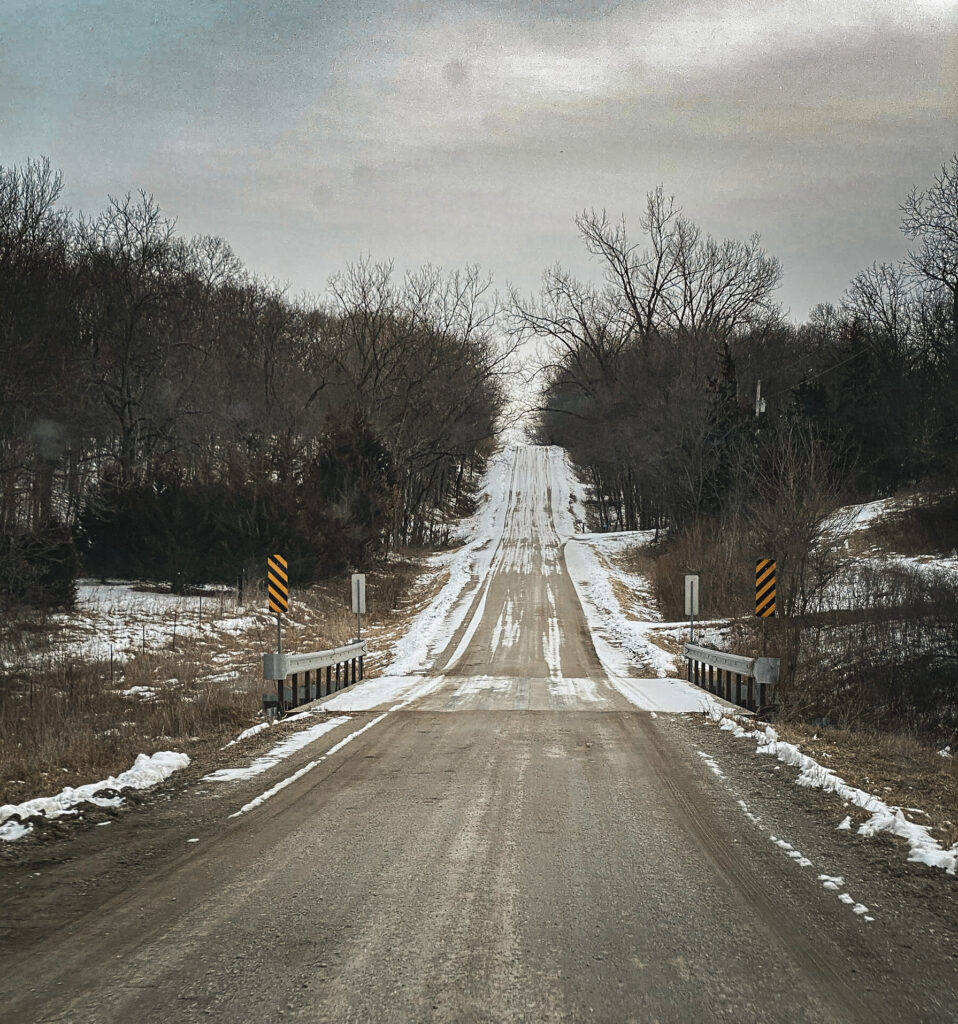The Art of Wintering Well: How to Enjoy Winter
This site contains affiliate links. If you purchase through these links, I may earn a small commission at no extra cost to you.
I used to dread the cold, but I’m learning how to enjoy winter by slowing down, finding cozy moments, and embracing the beauty of the season.

For most of my life, I saw winter as something to endure. I live in the Midwest so winter nights are long, the roads are icy, the skies can be endlessly gray – I counted down the days until spring. I never thought of myself as someone who suffered from seasonal depression, but being cold and miserable for so many months wasn’t exactly a mood-booster.
Last year, I decided to stop wishing an entire season of my life away. I wanted to learn how to enjoy winter – how to find warmth, beauty, and meaning in the cold. Years ago I had a client who had spent a couple of years in Sweden and I remembered her telling me about some of the intentional practices Swedes observed to make winter more bearable, or even fun. I decided I needed to dig into this subject and see if I could change my perspective on this icy season.
Two books changed everything for me: Wintering by Katherine May and How to Winter by Dr. Kari Leibowitz. Together, they taught me that winter can be more than a season we survive. It can be a sacred pause – a time to rest, reflect, and reset. They showed me that some intentional practices can change dread into a season of rest and rejuvenation.
What It Means to “Winter Well”
In Wintering, Katherine May uses the word “winter” as both a verb and a metaphor. We all experience winters in life, seasons of stillness, loss, or uncertainty. Instead of resisting them, May encourages us to embrace these times as necessary periods of renewal.
“Wintering is a time to rest and reflect,” she writes, “to accept sadness and find strength in stillness.”
That perspective changed my relationship with the cold months. Rather than fighting against the darkness, I began to see it as an invitation to slow down, to let go of constant productivity and instead nurture peace, creativity, and gratitude.

The Winter Mindset: Lessons from Norway
In How to Winter, Dr. Kari Leibowitz explores how people living in the far north, places where the sun barely rises for months, actually thrive during winter.
Her research uncovered something profound: the secret isn’t better weather or more daylight. It’s a mindset.
Leibowitz calls it the “wintertime mindset” – the belief that winter is full of opportunities for coziness, connection, and joy.
Norwegians celebrate winter instead of escaping it. They bundle up and go outside daily, gather with friends for coffee and candlelight, and lean into hygge, that deep sense of contentment that comes from simplicity and warmth.
When I started practicing that mindset myself, everything changed. I stopped seeing winter as an obstacle and started seeing it as a rhythm, one that invites us to live slower and more intentionally. Soon, I learned to enjoy and even anticipate icy walks to the car in the morning, knowing that the cold was stimulating cellular activity and awakening my circadian rhythm. I looked forward to nights under an electric blanket, sipping a warm drink, and watching the fire crackle.

7 Ways to Practice the Art of Wintering Well
1. Create Comforting Rituals
Winter invites us indoors, but that doesn’t have to mean isolation.
Start your day with something cozy. Light a candle, wrap up in a blanket, and sip your coffee slowly. Evening rituals like journaling, reading, or cooking dinner by soft light can turn ordinary moments into sources of comfort.
2. Get Outside Every Day
Fresh air and daylight boost both energy and mood. Even a five-minute walk can shift your perspective.
The Norwegians have a saying: “There’s no bad weather, only bad clothing.” Bundle up, get some sunlight, and notice how alive winter really is. Take some pictures of snowflakes. Forage branches and dried flowers for an arrangement. Fill bird feeders so you can watch feathered friends through the window.
3. Slow Down with Intention
Nature naturally slows down this time of year. Trees rest, animals hibernate. We can take that as our cue.
Give yourself permission to rest, too. Replace multitasking with mindfulness. Try cooking slow meals, writing by hand, or simply sitting quietly with a cup of tea. If you’re sleepy, take a nap. Go to bed early and bring a book instead of flicking on the TV.
Stillness is not stagnation – it’s restoration.
4. Embrace Analog Living
Winter is the perfect time to step back from constant digital noise.
Swap scrolling for reading. Replace online shopping with creative projects. Journal, paint, bake, or learn something new just for the joy of it. Spend some time in solitude with your thoughts.
5. Reframe the Darkness
Instead of dreading the long nights, see them as an invitation to rest.
Soft lighting, early bedtimes, and quiet evenings can become nourishing rather than depressing. Katherine May writes that the darkness teaches us to find our own light, and to appreciate it when it returns. This is the perfect seasons for fairy lights and candles. Let the darkness be a warm embrace, not stark loneliness.
6. Connect with Others
Community makes winter warmer. Host a potluck, check in on a neighbor, or start a winter book club.
Even small moments of connection, a phone call, a handwritten note, or a shared meal, help lift the heaviness of isolation. This is the season to host parties or have a friend over for cup of coffee.
7. Find Gratitude in the Season You’re In
The art of wintering well isn’t about pretending everything is perfect. It’s about finding beauty in simplicity.
Gratitude rewires your brain to notice what’s good; the scent of soup simmering, the crunch of snow underfoot, the glow of candles on a quiet night.
When we start to notice those small blessings, winter transforms from something to survive into something to savor.

Why Learning to Enjoy Winter Matters
Winter can be a miserable season. The holidays are stressful. Driving in snow and ice is not only drudgery, it’s dangerous. The dark and cold are depressing. But several months of every year is way too much precious time to spend being miserable. Both Wintering and How to Winter remind us that this season mirrors life itself. We all go through cycles of growth and rest, light and dark.
When we accept those rhythms instead of fighting them, we learn resilience. We learn grace. We learn that even the coldest seasons have purpose.
“We must learn to invite winter in,” May writes. “To rest when the world rests.”
So maybe this year, instead of counting the days until spring, we can learn to winter well, to let the season teach us what stillness and renewal truly mean.
The art of wintering well is about more than just enjoying cozy moments – it’s about learning to live with presence and purpose in every season.
Winter is the world’s invitation to rest, realign, and rediscover the beauty of enough.
When we stop running from the cold and start embracing it, we might just find that it warms us in unexpected ways.

